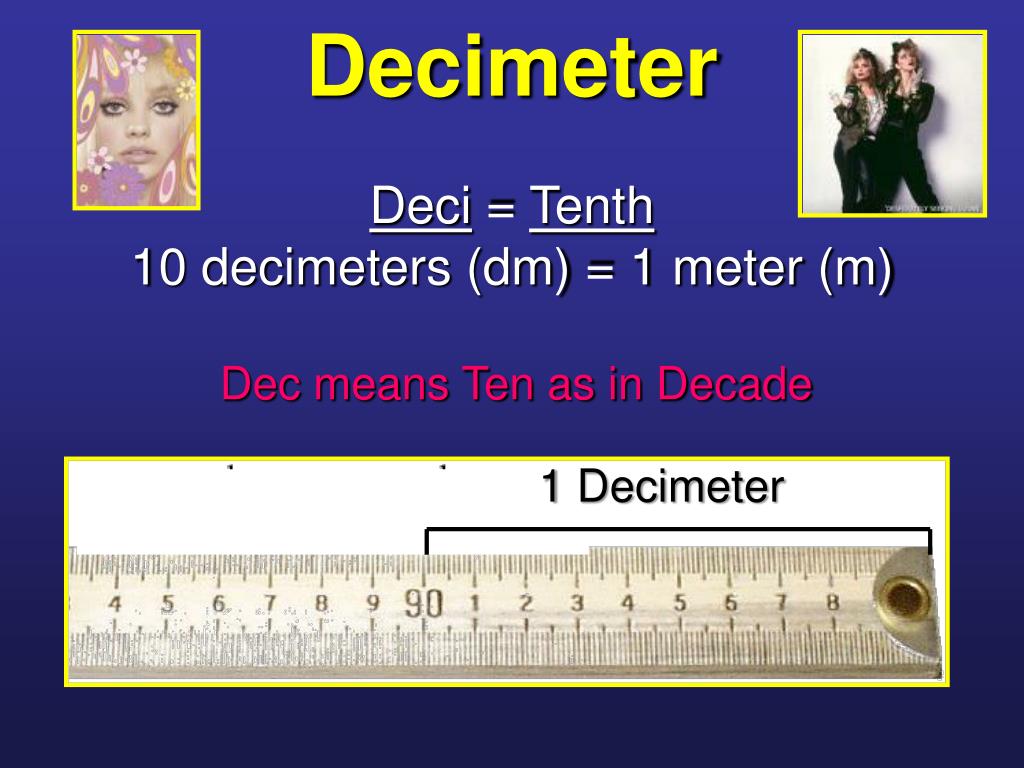
For each needle configuration, the participants had to select one slice for measuring the artefact size.

TR Īrtefacts were manually analysed by three MRI or image analysis experts. Parameters of the MRI sequence used to acquire the images of the different biopsy needles. A Plexiglas phantom filled with a solution of water and copper sulphate was used for the experiments. Six different MR compatible biopsy needles with outer diameters of 1 mm to 1.3 mm (ITP GmbH, Somatex GmbH, Germany) were imaged in a 3T MRI scanner (Magnetom Skyra, Siemens) using a FLASH sequence (see Table 1).
#Measurement artifact meaning manual#
2 Method 2.1 Data acquisition and manual measurements setup The results show that an indicator can be computed automatically from all the slices of a given MRI sequence and that a value computed from the indicator is correlated with the average of the manual measurements. The algorithm is based on the computation of a quantitative indicator related to the amount of distortion produced by an instrument on a three-dimensional (3D) surface obtained from the 2D MR image.įor the evaluation of the proposed algorithm, six MRI compatible biopsy needles were used for artefact assessment. This work investigates whether an automatic algorithm can be used as an alternative for measuring susceptibility artefacts of passive instruments used in MRI.
#Measurement artifact meaning software#
Some authors have proposed different methods to assess artifacts using mainly software measurement tools, , while other works proposed to automatize the standard measurement objective and reproducible measurement that comply with this standard,. Hence, it can be assumed that observed artefact dimensions are user dependent despite a standard exists for reducing subjectivity. The ASTM defines a quantitative but manual method to assess the artefact, where the definition of the artefact is clearly defined but gives only an approximative method for its quantification. The quantification of artefacts caused by such devices is regulated by the ASTM F2119 standard. Therefore, the precise measurement of the artefact size is important during the development stage of medical tools to be used in MRI.

To not significantly affect the quality of the diagnostic information of the MR images, testing of susceptibility artifacts arising from passive instruments is important before introducing them into the MRI environment. It can affect the image quality if the area of interest is close to the position of the passive instrument. Such susceptibility artefacts can make MRI unusable or harm its use as a guiding modality in minimally invasive interventions such as liver or breast biopsies. When magnetic resonance imaging (MRI) is used as a modality for guiding a minimally invasive procedures, materials used to fabricate catheters or biopsy needles have to be chosen such that their magnetic susceptibility does not distort the acquired MR images. In addition, the algorithm also detects the slice containing the largest artefact which was not the case for the manual measurements. The clear advantage of the automated algorithm is the absence of the inter- and intra-observer variability. The results show that the automatic and manual measurements follow the same trend. The results obtained by the automatic algorithm were compared to the manual measurements performed by study participants. The algorithm is based on the analysis of a 3D surface generated from the 2D MR images. To cope with this problem, we propose an algorithm to automatically quantify the size of such susceptibility artefacts. This means that the estimated artefact size can be user dependent. The quantification of susceptibility artefacts is regulated by the ASTM standard which defines a manual method to assess the size of an artefact. Susceptibility artefacts in magnetic resonance imaging (MRI) caused by medical devices can result in a severe degradation of the MR image quality.


 0 kommentar(er)
0 kommentar(er)
